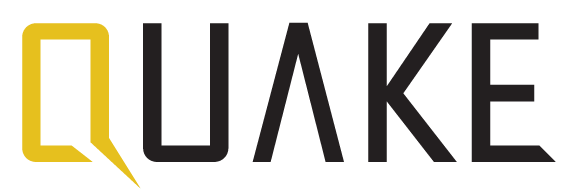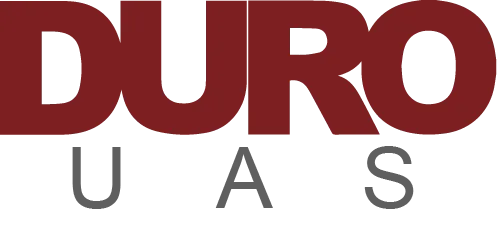This has been a year of many firsts for all of us. For me, it’s felt like that even more so. Quake was my first job after college, my first exposure to the world of early-stage investing and acceleration, and in February, we launched Quake NYC Cohort 6 – or in other words, my first cohort as Program Director. As the entire Quake team spent January preparing to welcome the 12 startups to our offices in the Financial District, I felt as though I were steadily earning my sea legs. We penciled in the coming 3 months down to the hour. We scheduled, we re-scheduled, we booked speakers, we ordered supplies, we launched.
By mid-March, about halfway through our accelerator program, life threw a wrench in all of our plans. My managing partner, Amy Coveny, made the brave decision to go virtual before the first reported cases of COVID-19 hit Manhattan (in fact, in the weeks leading up, as she monitored its spread into the US, she had instructed our team first to not take the subway during peak hours, then to only come into the office via ridesharing or cabs, then not at all). This was a first that we’ve all shared together – the good, the bad, and the slow Wi-Fi. While going virtual was sudden and disorienting for almost everyone, I would like to share some of the positives I see about going virtual. Here are some key learnings from the past few months from yours truly.
You know where everyone is (hopefully home) and you know where (and hopefully how) to reach them. I’ve found that since going virtual, it’s much easier to connect with people. Now is the time that everyone is tethered to their devices, checking emails, and taking calls they probably otherwise would have been too busy for.
I became closer with my team at work. In a way, this experience has brought us closer together. Every morning, we hold a daily stand-up, where we run through our tasks for the day and what we’ve learned and completed thus far. At the beginning of the week we hold an hour long meeting, and we end the week with another. We are uniquely in a time where our personal lives have blended into professional (and if you’ve heard my three dogs barking in the background of our calls, I apologize), and this means checking up on team members has become that much more important. I want to thank my team at Quake for doing this with such poise.
No more commuting means more work on projects you’ve not gotten around to, money saved, and easier scheduling. Since going virtual, Quake has been able to relaunch our website, our University Investor Series, launch thought leadership blogs, and refine our due diligence process.
Hopping on Zoom requires way less effort than meeting in person and less of a time commitment in general. We’ve seen webinar views go up and engagement increase since going virtual simply because meetings/information can be accessed at the click of a link – (this also has the downside of being easier to click out of).
No geographical barriers mean more access to VIP speakers during the program, as well as more investors at our panels and Demo Days who otherwise would not be in town.
Turn your camera on. I know, this one can be easy to avoid (and I am guilty of it, too), but turning the camera on really does improve the experience. If you are fully virtual, think about investing in a ring light and a mic (AirPods work fine, as does good natural light). Don’t dress in the same color as your background.
In Zoom, turn gallery view on. This way, virtual speakers can look out at the audience and “read the room”.
Have people introduce themselves at the beginning of a virtual event, and send out an attendee list afterwards. This will allow people to connect on LinkedIn afterward, and really helps personalize the experience. Don’t be a stranger!
Foster collaboration within your company/cohort in new and exciting ways. A great way to do this is for everyone to share one ask they have and one offer they can provide each week (we do these in our weekly updates with the entire cohort). We also held virtual lunches each Friday without a set agenda, and sometimes a virtual happy hour. For our final pitch practices, we gave away Amazon gift cards to the teams who were voted best pitch.
It’s easier for people to ask questions because they can do so anonymously, connect directly with a speaker after a virtual event, or give instant feedback via polling. These features have allowed us to iterate our program quickly and allow our founders to foster relationships with our network.
Everything is cheaper. Well, almost everything. If you’ve lowered your operating expenses via less office space, food, traveling, etc., operating capital can be spent on virtual resources and various services for your cohort and company.
*Here have been some of the standout programs thus far:
Zoom Premium (Necessary if you want to record your classes/events, add captions).
Notion.so (This has somewhat replaced Google Docs for us).
Otter.ai (I record every class on Zoom, then upload the audio files to Otter which transcribes the classes. These transcripts can then be easily distributed, summarized, or archived).
Loom.com (For video recording of pitches).
Remo.co (This is the platform we used to host our first virtual demo day. It is a “virtual” event simulation, where attendees can move around the event space, go to different tables, whiteboard, and video chat).
Of course, that can’t hope to cover everything, but I hope that this will help some of you navigate your new normal. Bond with your teams, try new and exciting things you wouldn’t be able to during the traditional work cycle, and take advantage of this huge community of workers-from-home that we’ve all become a part of. After all, silver linings can be pretty great.


